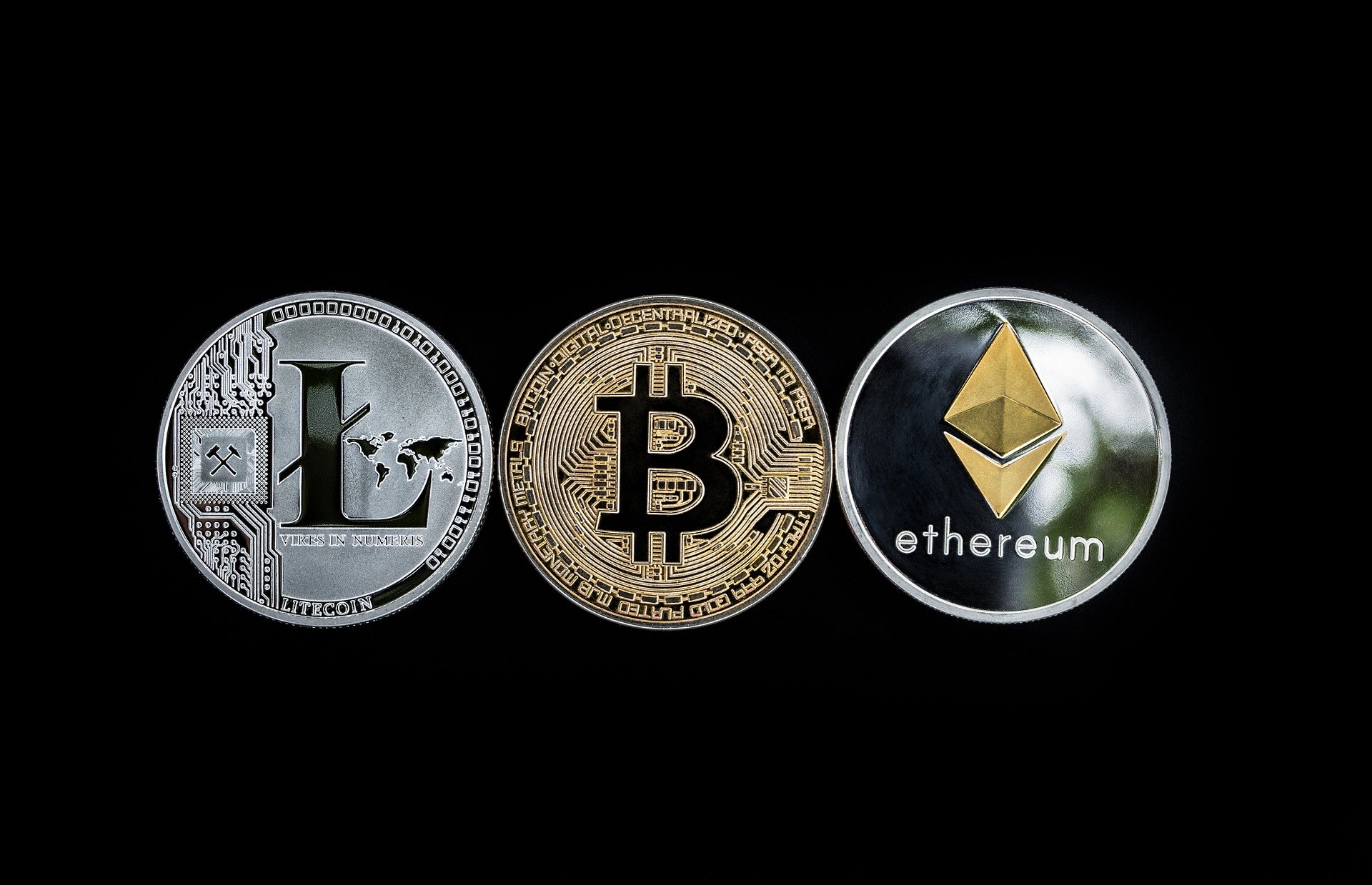Cryptocurrency regulation
Please note that the availability of the products and services on the Crypto.com App is subject to jurisdictional limitations. Crypto.com may not offer certain products, features and/or services on the Crypto.c https://asacentre.com/top-rated-tourist-attractions-in-trinidad-and-tobago/ om App in certain jurisdictions due to potential or actual regulatory restrictions.
Bitcoin uses a consensus mechanism called proof-of-work (PoW), where miners compete to validate transactions in return for block rewards. In addition, BTC’s limited supply of 21 million coins makes it relatively scarce and contributes to its reputation as “digital gold.”
Crypto market cap is often used to rank cryptocurrencies, with a higher market cap generally indicating a more stable and widely accepted cryptocurrency. Conversely, a lower market cap usually signals a more speculative or volatile asset.
The distributed architecture increases the network’s security because there is no single point of failure for malicious actors to exploit. If a node tries to validate invalid transactions or misbehaves, they are quickly expelled from the network.

How does cryptocurrency work
The choice of wallet depends on factors like security, ease of use, and the specific cryptocurrencies to store. For long-term storage, hardware wallets are recommended due to their high security. For frequent transactions, software wallets may offer more convenience.
How does blockchain work? The blockchain is like a decentralized bank ledger; in both cases, the ledger is a record of transactions and balances. When a cryptocurrency transaction is made, that transaction is sent out to all users hosting a copy of the blockchain. Specific types of users called miners then try to solve a cryptographic puzzle (using software) which lets them add a “block” of transactions to the ledger. Whoever solves the puzzle first gets a few “newly mined” coins as a reward (they also get transaction fees paid by those who created the transactions). Sometimes miners pool computing power and share the new coins. The algorithm relies on consensus. If the majority of users trying to solve the puzzle all submit the same transaction data, then it confirms that the transactions are correct. Further, the security of the blockchain relies on cryptography. Each block is connected to the data in the last block via one-way cryptographic codes called hashes, which are designed to make tampering with the blockchain very difficult. Offering new coins as rewards, the difficulty of cracking the cryptographic puzzles, and the amount of effort it would take to add incorrect data to the blockchain by faking consensus or tampering with the blockchain, helps to ensure against bad actors.
How does one obtain or trade cryptocurrency? Cryptocurrency can be obtained most of the same ways other types of currencies can. You can exchange goods and services for cryptocurrency, trade dollars for cryptocurrencies, or trade cryptocurrencies for other cryptocurrencies. Trading is generally done via brokers and exchanges. Brokers are third parties that buy/sell cryptocurrency; exchanges are like online stock exchanges for cryptocurrency. One can also trade cryptocurrencies directly between peers. Peer-to-peer exchanges can be mediated by a third party or not. Please be aware that cryptocurrency prices tend to be volatile. One should ease into cryptocurrency investing and trading and be ready to lose everything they put in (especially if they invest in or trade alternative coins with lower market caps). See cryptocurrency investing tips.

The choice of wallet depends on factors like security, ease of use, and the specific cryptocurrencies to store. For long-term storage, hardware wallets are recommended due to their high security. For frequent transactions, software wallets may offer more convenience.
How does blockchain work? The blockchain is like a decentralized bank ledger; in both cases, the ledger is a record of transactions and balances. When a cryptocurrency transaction is made, that transaction is sent out to all users hosting a copy of the blockchain. Specific types of users called miners then try to solve a cryptographic puzzle (using software) which lets them add a “block” of transactions to the ledger. Whoever solves the puzzle first gets a few “newly mined” coins as a reward (they also get transaction fees paid by those who created the transactions). Sometimes miners pool computing power and share the new coins. The algorithm relies on consensus. If the majority of users trying to solve the puzzle all submit the same transaction data, then it confirms that the transactions are correct. Further, the security of the blockchain relies on cryptography. Each block is connected to the data in the last block via one-way cryptographic codes called hashes, which are designed to make tampering with the blockchain very difficult. Offering new coins as rewards, the difficulty of cracking the cryptographic puzzles, and the amount of effort it would take to add incorrect data to the blockchain by faking consensus or tampering with the blockchain, helps to ensure against bad actors.
How to buy cryptocurrency
Disclaimer and Risk Warning: This content is presented to you on an “as is” basis for general information and educational purposes only, without representation or warranty of any kind. It should not be construed as financial, legal or other professional advice, nor is it intended to recommend the purchase of any specific product or service. You should seek your own advice from appropriate professional advisors. Where the article is contributed by a third party contributor, please note that those views expressed belong to the third party contributor, and do not necessarily reflect those of Binance Academy. Please read our full disclaimer here for further details. Digital asset prices can be volatile. The value of your investment may go down or up and you may not get back the amount invested. You are solely responsible for your investment decisions and Binance Academy is not liable for any losses you may incur. This material should not be construed as financial, legal or other professional advice. For more information, see our Terms of Use and Risk Warning.
Digital currency is a form of currency that is also popularly known as digital money, electronic money, electronic currency, or cybercash, because they only exist in electronic form, versus a physical form such as paper cash or metal coins.
A cryptocurrency exchange is a platform where buyers and sellers meet to trade cryptocurrencies. Exchanges often have relatively low fees, but they tend to have more complex interfaces with multiple trade types and advanced performance charts, all of which can make them intimidating for new crypto investors.
Each of our coin data pages has a graph that shows both the current and historic price information for the coin or token. Normally, the graph starts at the launch of the asset, but it is possible to select specific to and from dates to customize the chart to your own needs. These charts and their information are free to visitors of our website. The most experienced and professional traders often choose to use the best crypto API on the market. Our API enables millions of calls to track current prices and to also investigate historic prices and is used by some of the largest crypto exchanges and financial institutions in the world. CoinMarketCap also provides data about the most successful traders for you to monitor. We also provide data about the latest trending cryptos and trending DEX pairs.
